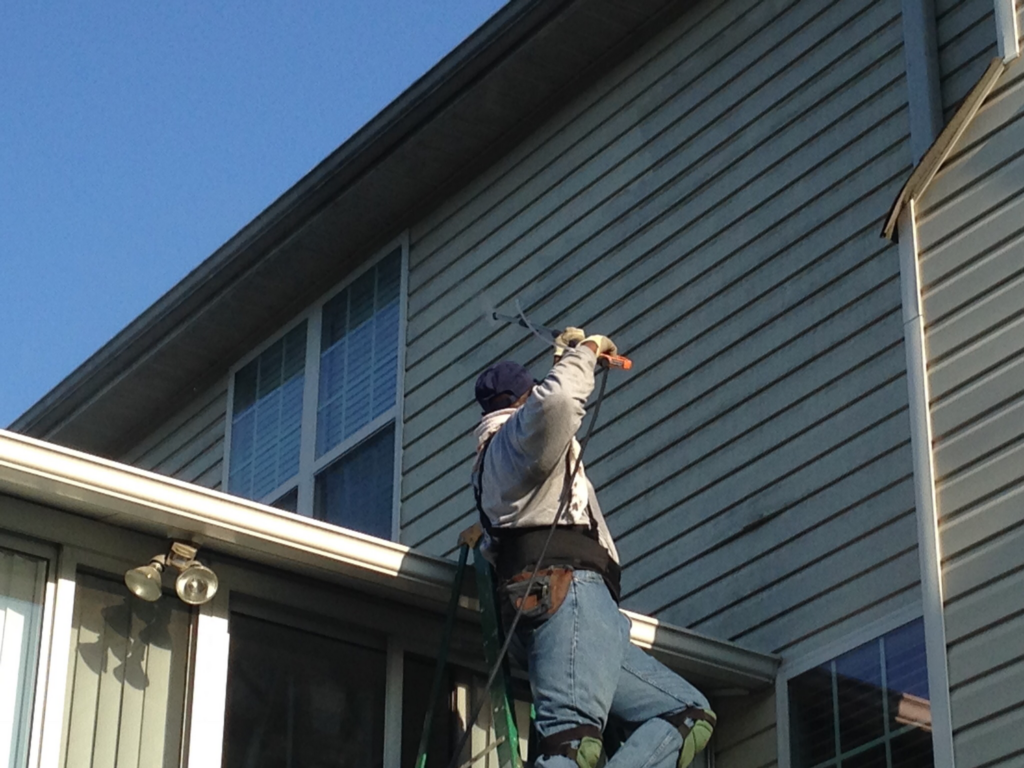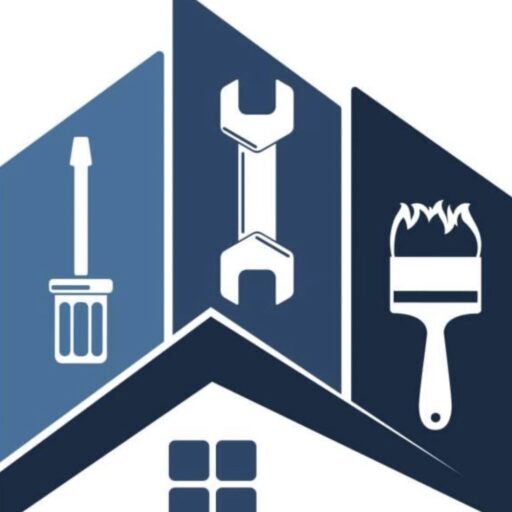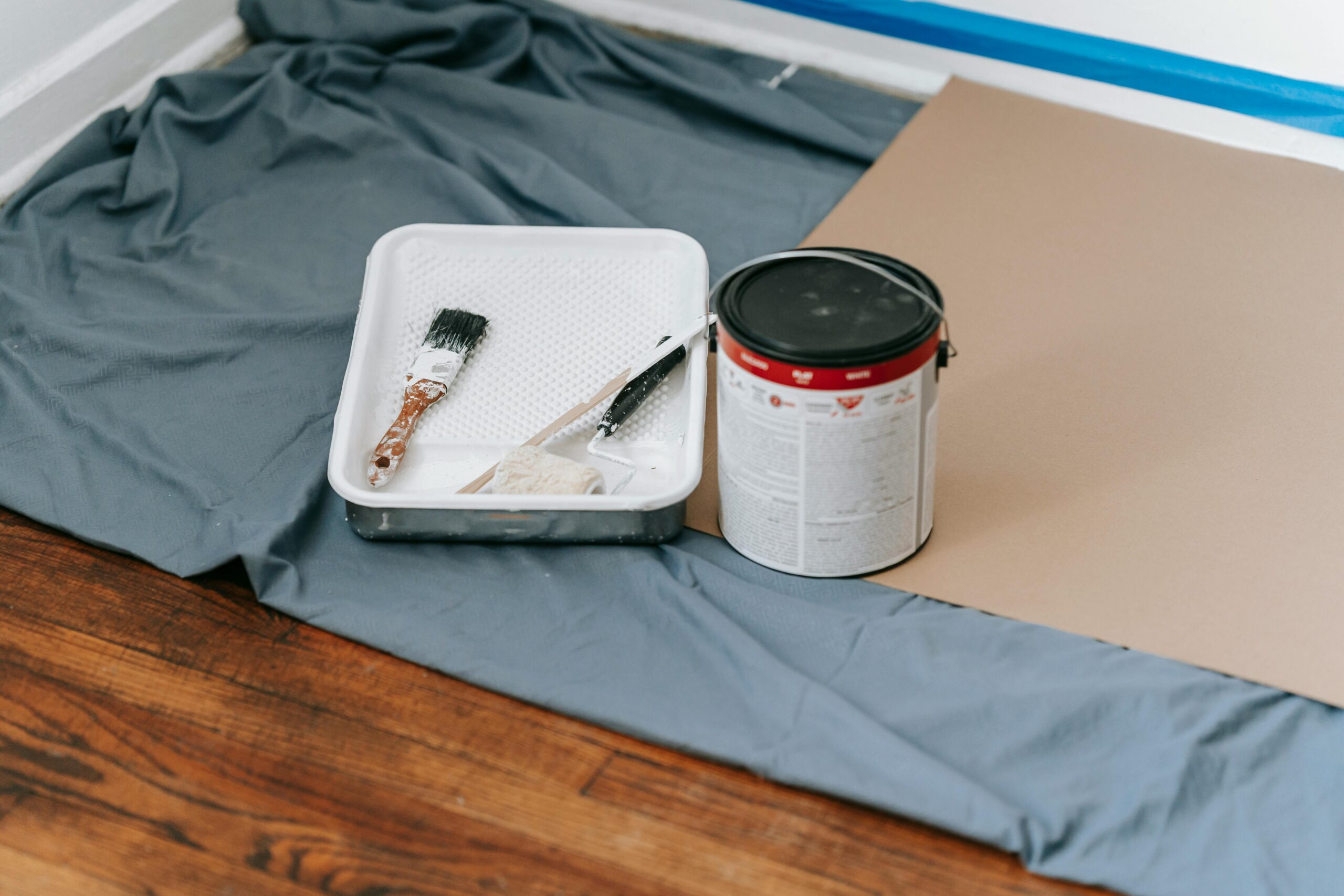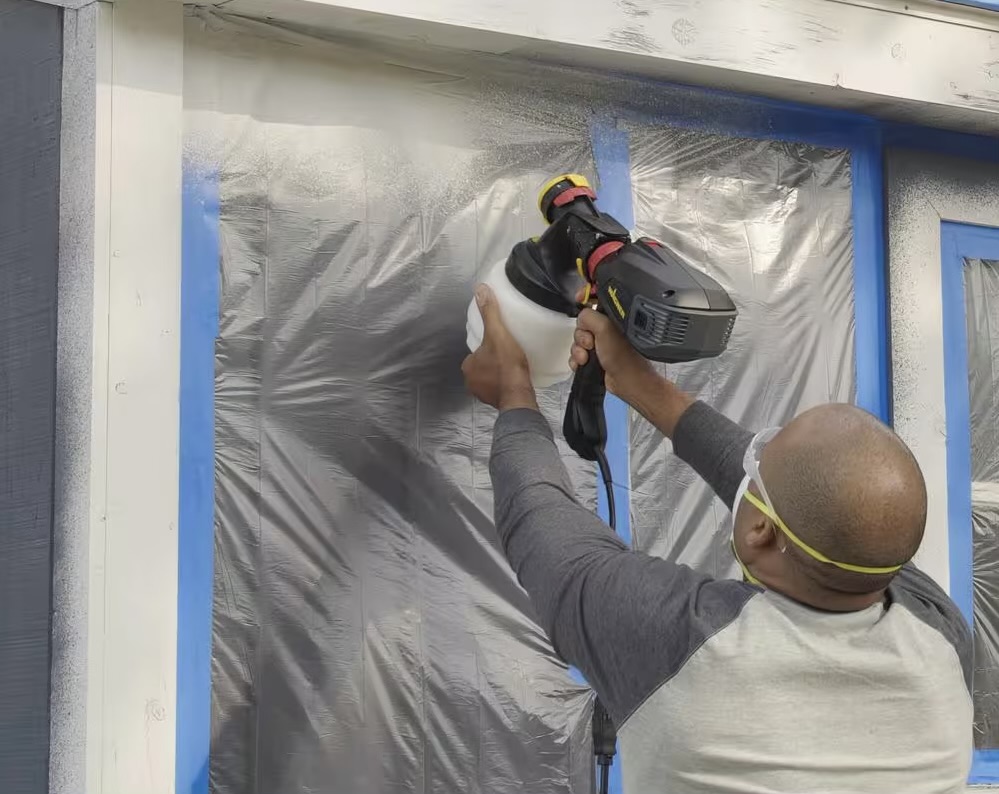This website/blog was created to assist homeowners with DIY home improvement project tips, information and advice. This website/blog however, does not address every problem or contingency that you may encounter. Differences in regional construction practices, differences in materials, and differences in local code issues make it impossible to cover every contingency a homeowner may face. Use caution to make sure you have a complete and thorough understanding of any project before you begin. Make sure you know the safety and legal issues surrounding your project, and don’t attempt a project that is too far above your skill level. The information on the site is the tool that can best prepare you for your next home improvement project. Wish you success and enjoyment with your home improvement projects.
Why do DIY Home Improvement projects?
Homeowners engage in home improvement projects for multiple reasons:
- such as reducing expenses
- improving their quality of life
- providing a secure and attractive living space for their families
- experiencing the satisfaction of accomplishing a task
- simply because they find it enjoyable
Irrespective of the reasons, there are four basic components of success:
- Attaining mastery of unfamiliar skills
- Employing the most suitable tools and materials
- Implementing safe working practices
- Delivering accurate results on the initial attempt
This website provides in-depth coverage of the most common projects and techniques of following Home Improvement areas:
- Painting
- Wallpapering
- Walls
- Ceilings
- Floors
- Doors
- Windows
- Cabinets
- Countertops
- Storage
- Plumbing
- Electrical
- Heating, Ventilation, and Air Conditioning
- Insulation
- Weatherproofing
- Maintaining Exteriors
Accomplishing the task- systematically.
Each project comprises exhaustive guidelines complemented by meticulous, step-by-step photographs, securing successful completion. You are furnished with all essential tools to accomplish the task correctly, observing standards prescribed by manufacturers and vocational authorities, thus mirroring professional competence.
Insider tips, shortcuts, and time-management solutions
In addition to task instructions, this website supplies valuable insights to aid in project planning and scheduling. Expert advice covers job complexity, professional completion time, and the time it may take for a DIY enthusiast.
A materials list and essential tools are provided at the outset of each project.
The pages feature additional resources that provide specific information. Safety Alert, Buyer’s Guide, Work Smart, Closer Look, Tool Tip, Oops, and Design Tip are designed to facilitate efficient and cost-effective work. Whenever a project involves special considerations, such as safety or tool selection, you will be well-prepared. Tool kits are located at the beginning of the opening sections of each task to outline the primary tools you will need for the projects ahead of the basics presented in each task to supply the necessary tools for the projects that follow.
Maximize your home-improvement experience
To maximize efficiency, thoroughly review each project before commencing. Mentally walk through the steps from start to finish until you are familiar with the process. Understanding the project’s scope will minimize unnecessary errors and the need for costly rework.
Do the job without rushing through it.
Unless you’re an accomplished plumber, it’s unrealistic to expect proficiency. On-the-job learning will, however, make subsequent tasks easier. Expect challenges, but also trust your ability to overcome them. If you’re unable to do so, don’t hesitate to seek expert advice. Home improvement isn’t magical; it’s about being willing to try, wanting to understand how things work to repair them, and ultimately taking pride in your accomplishments through persistence and expert guidance.

Industry secrets
Look for the following special icons that signal detailed information on specific topics:
🔔 IMPORTANT SAFETY NOTICE – Mitigate risky situations
💰 CUSTOMER’S PURCHASING GUIDE. – Pick the best materials available
✅ WORK EFFICIENTLY– Choose wisely always
🔍 DETAILED EXAMINATION– Be aware of all the specifics
🛠️. TOOL TIP – Employ tools in the most effective manner
😬 MISTAKES – Correct or prevent common errors
🖌️ DESIGN ADVICE – Design options to renovate your house
Back your local building code inspector
Building codes are often confusing to the do-it-yourselfer, but they exist to enforce consistent methods of installation and, more important, ensure the safety of your family.
For example, the National Electrical Code, which is written by the National Fire Protection Association, says you can only put one wire under each screw on a receptacle or switch. It doesn’t seem like two wires are more dangerous than one. But the code writers have seen one too many fires caused by the second wire popping out from under the screw.
The fire prevention code mandates that foam insulation, such as in a basement, must be covered with drywall prior to the installation of wood paneling. Why is this required? Foam insulation generates dense black smoke during a fire, and drywall serves as a barrier to delay the spread of the fire, allowing for safe evacuation.
The justification for code rules is often straight forward. What’s the reasoning behind requiring outlets every six feet along walls, yet every two feet along kitchen counters? It’s because appliance cords vary in length—toasters have shorter cords than lamps.
It is imperative to adhere to codes and regulations, which necessitates understanding the requirements and implementing them from the outset. This publication conforms to national codes, but it is essential to recognize that codes can change, and local codes may be more restrictive. As the accountable individual, it is your obligation to verify that your work satisfies the necessary standards. Non-compliance can result in severe consequences, including potential hazards, costly rework, and difficulties when selling your property.
To take pride in your work, see it through to completion. Research local building regulations with your local inspector. Gather insights on the most effective method. Acquire the required permit, complete the task accurately, and enjoy a clear conscience.
🔔 IMPORTANT SAFETY NOTICE – NINE TIPS FOR PROMOTING A SAFER WORKPLACE
Home improvement projects can pose safety risks, yet it’s challenging to remember this when you’re in awkward positions like under the sink or hitting your head on a roof beam. Prioritizing safety in hazardous situations requires both a mental and practical approach. Tips for safety include:
- Wearing proper safety gear, including recommended gloves and clothing, safety glasses, and ear protection when operating power tools. Debris can cause serious injury, including blindness, and regular eyeglasses can shatter.
- Wearing a respirator or particle mask that is rated for the task you are performing. The inhalation of toxic fumes or particles can result in severe health effects.
- Wearing safely glasses when driving nails or working with hammers. Nailheads are notorious for breaking off and flying off at odd angles.
- Always disconnect power at the circuit breaker when working on wiring. Also, cut power before demolishing walls or drilling holes, as live electrical wires can cause serious harm.
- Choosing the right tool for the job and know how to use it properly.
- Not overextending when on a ladder. Relocate the ladder to prevent a fall.
- Not reaching above your head when making a cut, as this could result in something falling on you, including the cutoff or the saw.
- Inquiring about specific requirements. Home improvement store personnel can provide guidance on the necessary tools and materials, while building inspectors will ensure compliance with regulations.
- Proceeding with caution. Carefully review the instructions, assess the task at hand, and consider potential pitfalls. Since this is an unusual task, proper preparation is essential to avoiding complications, short of having a professional on site.
—————————————————————-
Meet the author
Hello, my name is Ken Conley and I am a DIY Home Improvement Jack of All Trades, Master of Many kind of guy. I love working on Home Improvement projects and wanted to share with you information and advice about my DIY experiences….Read more about the author
Latest Blog Posts
-
Cleaning and deglossing
Glossy paints dry to a hard, nonporous surface, making it almost impossible for new paint to adhere effectively. The glossy surface lacks what painters call “tooth,” a slight…
4 min read
-
Priming and painting walls
The process of painting walls and ceilings is the same, and priming both surfaces before painting is essential for a high-quality finish and cost-effective results. Neglecting to prime…
4 min read
-
Preparing to paint
Skill level: 3 🔘🔘🔘⚪️ ⚪️ Time to complete: Experienced: Variable Handy: Variable Novice: Variable Materials: Tools: 1. Move furniture away from walls and protect floor and baseboards with…
4 min read
-
Priming is essential
Priming is as important as painting for a professional-looking finish. This step can make the difference between a smooth, stain-free finish and one that looks blotchy or streaked-it’s…
4 min read
-
Painting Protection
Protecting yourself When performing tasks such as sanding, painting, or working with solvents, you are exposed to particles and fumes. Since certain ingredients in paints and varnishes are…
4 min read
-
Spraying paint
Sometimes, you may have to tackle a massive painting project, like painting an entire house, or a job that requires getting paint into every small space, like painting…
4 min read




